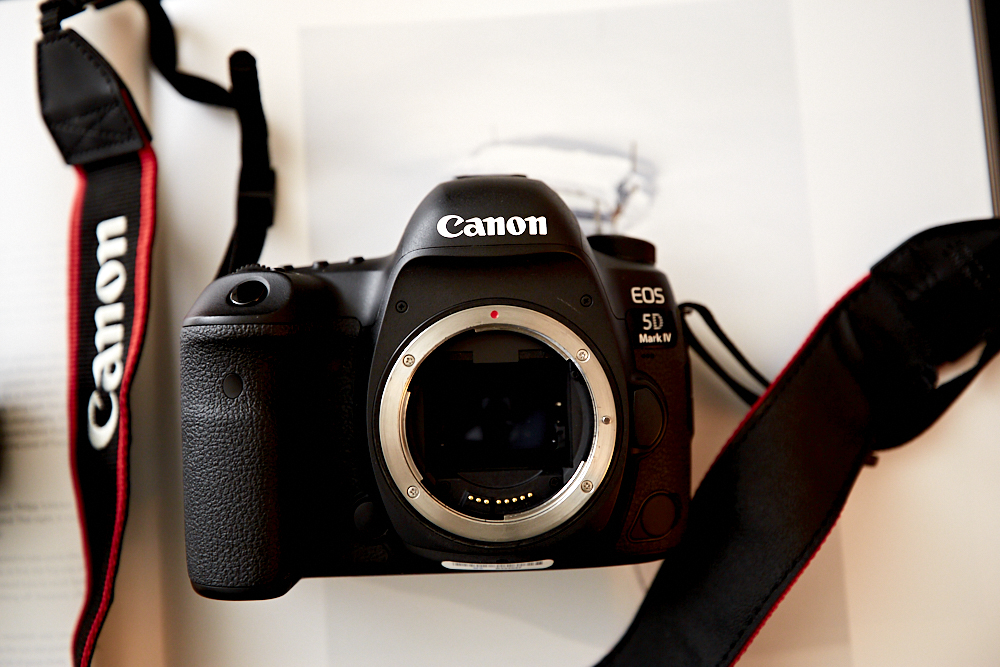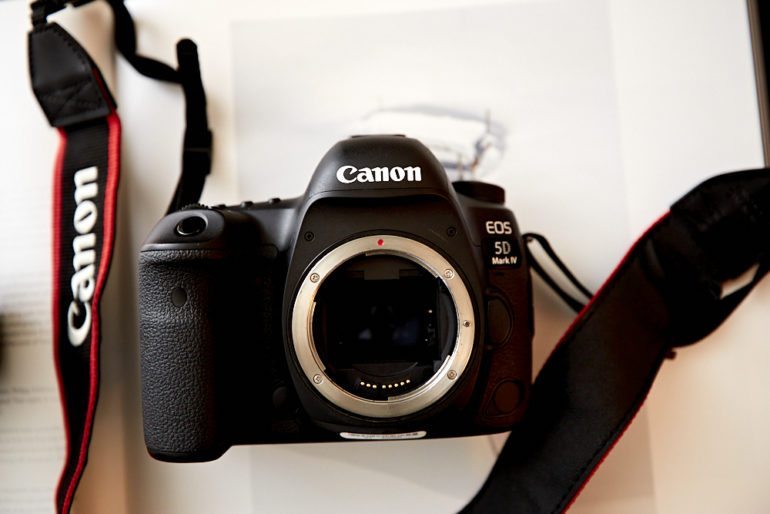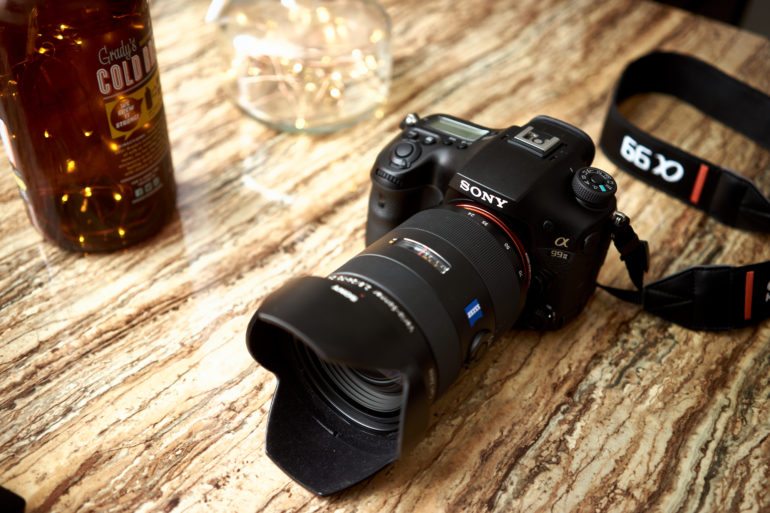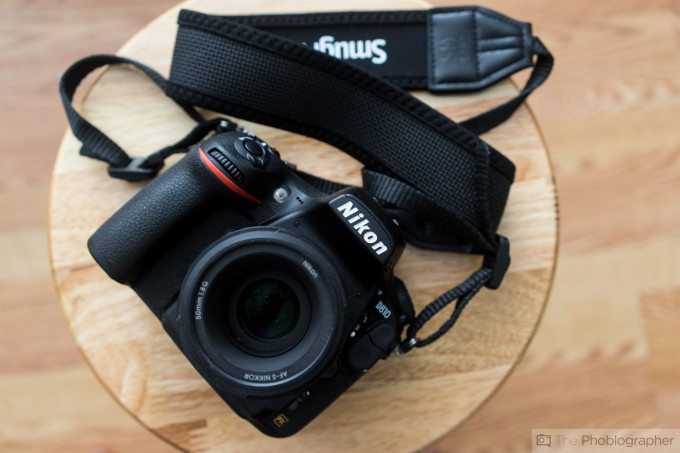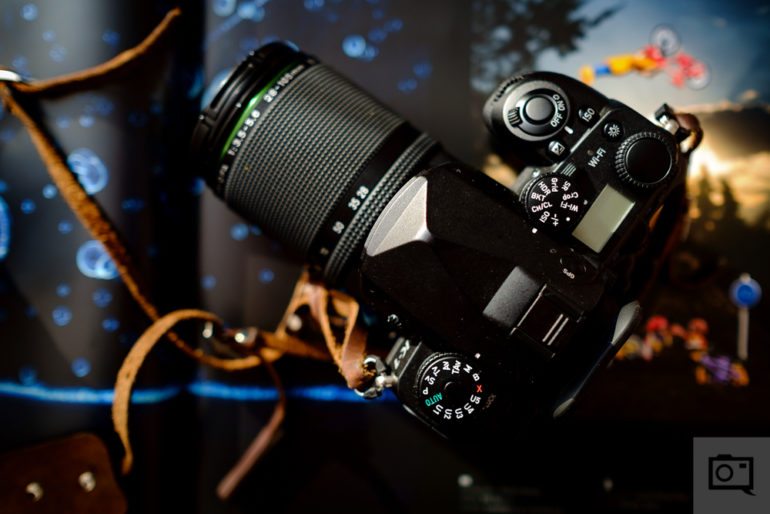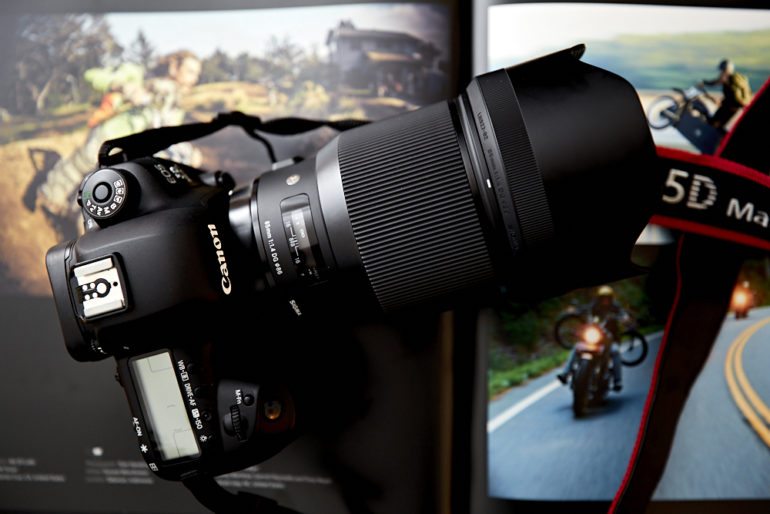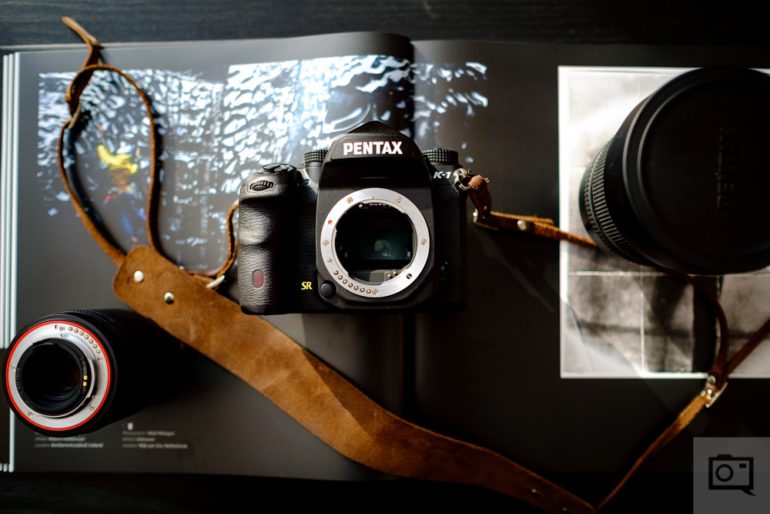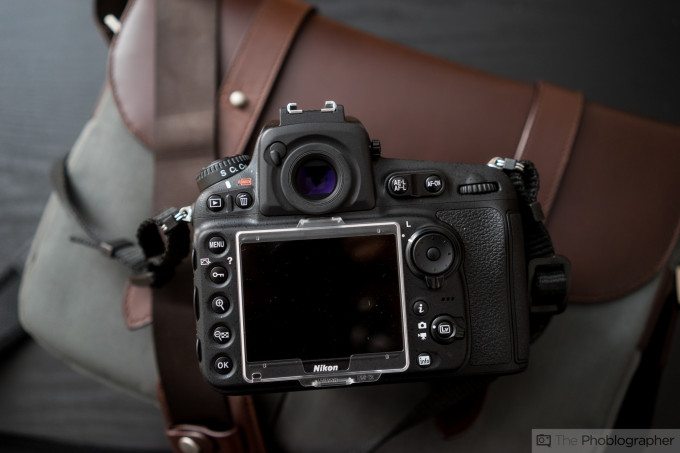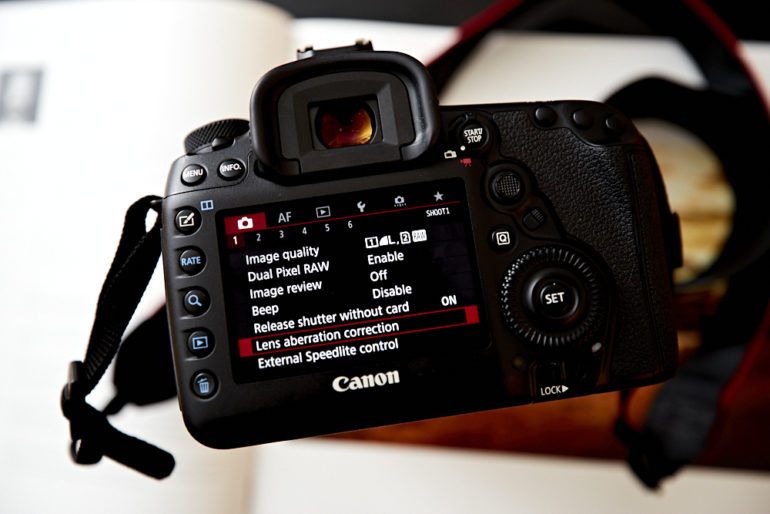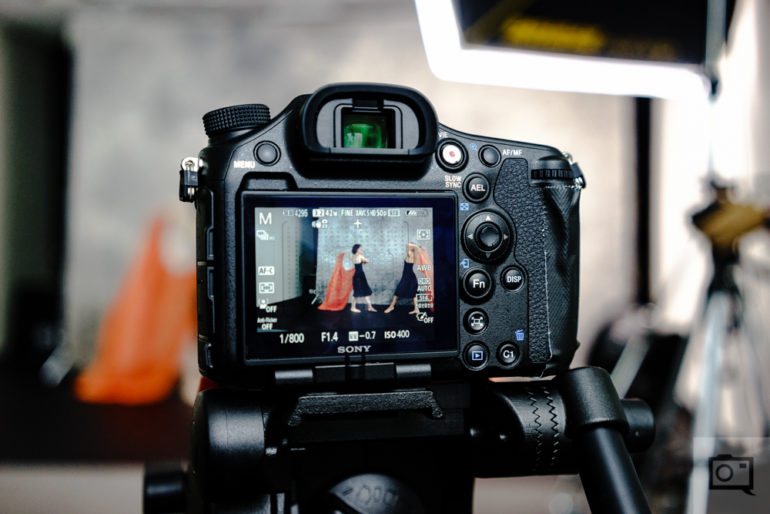Last Updated on 02/17/2017 by Chris Gampat
Canon, Nikon, and Sony have always been at each others’ throats when it comes to full frame DSLRs; but only recently did Pentax also finally step into the game. The Canon 5D Mk IV, Pentax K-1, Nikon D810, and Sony a99 II are all fantastic cameras. They perform well on their own accord and we tried to figure out which one is the best of the bunch.
Take a look at our comparison review testing the Sony a99 II, Canon 5D Mk IV, Pentax K-1, andNikon D810.
Tech Specs
Canon 5D Mk IV
Take from our review
- New 30.4 Megapixel full-frame CMOS sensor for versatile shooting in nearly any light, with ISO range 100–32,000; expandable up to 50–102,400.
- 4K Motion JPEG video (DCI cinema-type 4096 x 2160) at 30p or 24p; in-camera still frame grab* of 4K 8.8-Megapixel images; multiple video options include Full HD up to 60p, and HD up to 120p.
- Superb Dual Pixel CMOS AF for responsive and smooth AF during video or Live View shooting; LCD monitor has full touch-screen interface, including selection of AF area.
- Excellent performance — up to 7.0 fps** continuous shooting speed with high performance DIGIC 6+ Image Processor for improved speed and excellent image quality.
- 61 AF points with expanded vertical coverage with 41 cross-points, and AF possible at all 61 AF points with many lens + extender combinations effective at f/8.
- 150,000-pixel RGB+IR metering sensor helps provide precise exposure metering, helps detect flickering lights and allows for enhanced scene recognition and face detection capabilities.
- Dual Pixel RAW***, in-camera Digital Lens Optimizer during JPEG shooting and Diffraction Correction technologies.
- Built-in Wi-Fi®1 and NFC2 connectivity provide easy sharing to compatible smart devices, select social media sites and the Canon Connect Station CS100 device.
- Built-in GPS3 provides geotag information including auto time syncing with Universal Time Code (UTC) via satellites.
Extra Notes From Our Meeting
- Full touch screen LCD screen
- EOS ITR: facial data and color recognition data tracking
- Autofocus abilities EV -3 AF and -4 in Live view
- built in digital lens optimizer while shooting
- Built in WiFi NFC and GPS. The camera also has FTP and FTPS built into it in case you need more advanced network
- Built in bulb and intervalometer for time lapse shooting
- 4K video at 30p, 25p, 24p and 29.98. The user can also do 4K still frame grabs
- Dust and weather resistance are now equal to the 7D Mk II
- Some controls have been moved
- New AF area select button
- HDR movies, same as in the 80D 1080 30p
- 120p video at 720
- 7 fps still shooting
- Intelligent viewfinder II
- Upgraded mirror vibration control. This is just like what you’ll find in the Canon 5Ds that will help prevent the effects of subtle camera shake on the final image because there are so many pixels on the sensor.
- Dual Pixel CMOS AF and Servo focusing in live view at 3 and 3.4 fps
- Memory card: CF and SD
Sony A99 II
Taken from our review
- Ultra-Fast 4D FOCUS with 79 hybrid cross AF points
- 12 fps continuous shooting
- High Resolution 42.4 MP Exmor R CMOS sensor
- 5-axis in-body image stabilization and more
- Without Lens
- Full Frame Camera
- GPS
- 12.0 fps continuous shooting
- 4K
Nikon D810
Taken from our review
Specs taken from the Adorama listing of the product.
| Lens Mount | Nikon F |
| Camera Format | Full-Frame (1.0x Crop Factor) |
| Pixels | Actual: 36.8MP Effective: 37.09MP |
| Max Resolution | 7360 x 4912 |
| Aspect Ratio | 3:2 |
| Sensor Type / Size | CMOS, 35.9 x 24.0 mm |
| File Formats | Still Images: JPEG, RAW, TIFF Movies: MOV, MPEG-4 AVC/H.264 Audio: Linear PCM |
| Bit Depth | 14-bit |
| Dust Reduction System | Yes |
| Memory Card Type | CompactFlash SD SDHC SDXC |
| Focus Type | Auto & Manual |
| Focus Mode | Continuous-servo AF (C), Manual Focus (M), Single-servo AF (S) |
| Autofocus Points | 51, 15 cross-type |
| Viewfinder Type | Pentaprism |
| Viewfinder Eye Point | 17.00 mm |
| Viewfinder Coverage | 100% |
| Viewfinder Magnification | Approx. 0.70x |
| Diopter Adjustment | – 3 to +1 m |
| Display Screen | 3.2″ Rear Screen LCD (1,229,000) |
| Screen Coverage | 100% |
| Diagonal Angle of View | 170.0deg. |
| Exposure Control: ISO Sensitivity | Auto, 64-12800 (High Sensitivity Mode: 32-51200) |
| Shutter | Type: Electronic & Mechanical Speed: 30 – 1/8000 seconds |
| Mirror Lock-Up | Yes |
| Metering Method | 3D Color Matrix Metering, Center-weighted average metering, Spot metering, Highlight Weighted |
| Exposure Modes | Modes: Aperture Priority, Manual, Programmed Auto, Shutter Priority Metering Range: EV 0.0 – EV 20.0 Compensation: -5 EV to +5 EV (in 1/3, 1/2 or 1 EV steps) |
| White Balance Modes | Auto, Cloudy, Color Temperature, Direct Sunlight, Flash, Fluorescent, Fluorescent (Cool White), Fluorescent (Day White), Fluorescent (Daylight), Fluorescent (Natural White), Fluorescent (Warm White), Fluorescent (White), Incandescent, Preset Manual, Shade |
| Flash Modes | 1st Curtain Sync Auto Off Rear Curtain/Slow Sync Rear Sync Red-eye Reduction Slow Sync Slow Sync/Red-eye Reduction |
| Built-in Flash | Yes |
| Maximum Effective Flash Range | Up To 39′ (11.89 m) |
| Guide No. | 39′ (11.89 m) ISO100 |
| Max Sync Speed | 1 / 250 sec |
| Flash Compensation | -3 EV to +1 EV (in 1/3, 1/2 or 1 EV steps) |
| Dedicated Flash System | iTTL |
| External Flash Connection | Hot Shoe, PC Terminal, Wireless |
| Video Recording | Yes, NTSC |
| File Size | 1920 x 1080p (Full HD) 1280 x 720p (HD) |
| Frame Rate | at 1920 x 1080: 60 fps, 30 fps, 24 fps, 50 fps, 25 fps at 1280 x 720: 60 fps, 50 fps |
| Exposure Control | Auto: Shutter Speed, Aperture, ISO Manual: Shutter Speed, Aperture, ISO |
| AV Recording: ISO Sensitivity | 64 – 12800, Expandable to 51200 |
| Focus | Auto Manual Continuous Auto |
| Video Clip Length | 1920 x 1080 at 60 fps: 20 min. 1920 x 1080 at 50 fps: 20 min. 1920 x 1080 at 30 fps: 29 min. 59 sec. 1920 x 1080 at 25 fps: 29 min. 59 sec. 1920 x 1080 at 24 fps: 29 min. 59 sec. 1280 x 720 at 60 fps: 29 min. 59 sec. 1280 x 720 at 50 fps: 29 min. 59 sec. |
| Audio Recording | Built-in Mic: With Video, Stereo |
| Continuous Shooting | Up to 5 fps |
| Start-up Time | 0.12 Seconds |
| Shutter Lag | 0.052 Seconds |
| Self Timer | 2 sec, 5 sec, 10 sec, 20 sec Custom: 1-20 sec at 0.5, 1.0, 2.0, 3.0 sec intervals Number of Shots: 1-9 |
| Interval Recording | Yes |
| Connectivity | 1/8″ Headphone, 1/8″ Microphone, HDMI C (Mini), USB 3.0 |
| Battery | 1x EN-EL15 Rechargeable Lithium-Ion Battery Pack, 7.0VDC, 1900mAh |
| Operating/Storage Temperature | Operating: 32 to 104deg.F (0 to 40deg.C) Humidity: 0 – 85% |
| Dimensions (W x H x D) | 5.70 x 4.80 x 3.20″ (14.47 x 12.19 x 8.12cm) |
| Weight | 31.04oz (879.96g) |
Pentax K-1
Taken from our review
Specs taken from the Pentax K-1 listing on the official website.
| SENSOR | Primary color filter, CMOS, Size: 35.9 x 24.0mm, Effective pixels: 36.40 MP, Total pixels: 36.77 MP Recorded resolution photo: [35mm Full Frame] JPG: L (36M): 7360×4912, M (22M): 5760×3840, S (12M): 4224×2816, XS (2M): 1920×1280 RAW: (36M): 7360×4912 Recorded resolution photo: [APS-C size] JPG: L (15M): 4800×3200, M (12M): 4224×2816), S (8M): 3456×2304, XS (2M): 1920×1280 RAW: (15M): 4800×3200 Movie (resolution/FPS): Full HD (1920×1080) @ 60i/50i/30p/25p/24p, HD (1280×720) @ 60p/50p Quality levels: Best, Better, Good, RAW (14-bit) PEF, DNG, RAW + JPEG |
| LENS MOUNT | Type/construction: PENTAX KAF2 bayonet mount (AF coupler, lens info contacts, K-mount w/ power contacts). Usable lens series: KAF3, KAF2 (power zoom compatible), KAF, KA mount lens |
| FOCUS SYSTEM | Type: TTL: Phase-matching autofocus Focus Sensor: SAFOX 12, 33 point (25 cross type focus points in the center) Brightness Range: EV -3 to 18 (ISO100 @ normal temperature) AF mode: Single AF (AF.S), Continuous (AF, C) AF point selection: Spot, Select, Expanded Area (S, M, L), Zone select, Auto (33AF Points) AF assist light: dedicated LED AF assist light |
| VIEWFINDER | Type: Pentaprism finder Coverage (field of view): 100% Magnification: approx. 0.70X (50mm F1.4 at infinity) Eye relief length: approx. 20.6mm (from the view window), Approx 21.7 mm (from the center of lens) Focusing screen: Natural-Bright-Matte III focusing screen Diopter adjustment: approx. -3.5m to +1.2m-1 Viewfinder overlay: AF Points, Grid Display, Electronic Level, AF Frame, Spot Metering Frame, Crop |
| LCD MONITOR | Type: wide viewing angle TFT color LCD, Air-gapless glass, Flexible tilt Size: 3.2 inch (3:2 Aspect) Resolution: 1037K dots Adjustment: brightness, saturation and colors adjustable Outdoor View Setting: adjustable ±2 step |
| LIVE VIEW | Type: TTL method using image sensor Focusing mechanism: Contrast detection (Face Detection, Tracking, Multiple AF points, Select, Spot), Focus peaking : On/Off Display: field of view approx 100%, magnified view (up to 16x), grid display (4×4 grid, golden section, scale display, square 1, square 2, grid color: black/white), histogram, bright area warning, composition adjustment |
| BUILT-IN GPS | Satellites: GPS, QZSS, SBAS (WAAS/EGNOS/GAGAN/MSAS) Reception frequency: L1 1575.42MHz Recorded information: latitude, longitude, altitude, time (UTC), direction Geodesics: World Geodetic System (WGS84) GPS logging: KML format, logging interval 5/10/15/30 sec./1min., logging duration: 1 24hr (Up to 9 hrs at logging Interval 5 sec, up to 18 hrs. at logging interval 10 sec.) |
| EXTERNAL FLASH | Flash modes: auto flash discharge, auto flash + red-eye reduction, flash on, flash on + red-eye reduction, slow speed sync, slow-speed sync + red-eye, P-TTL, trailing curtain sync, contrast-control sync*, high-speed sync*, wireless sync *Contrast-control-sync and high-speed sync requires 2 or more dedicated external flashes Sync speed: 1/200 sec., flash exposure compensation: -2.0~+1.0 EV |
| STORAGE MEDIA | Internal memory: n/a Dual card slot: sequential use, save to both, separate RAW/JPG, image copy between slots possible Removable memory: SD, SDHC and SDXC memory card (conforms to USH-I standards) |
| INTERFACES | Connection port: USB 2.0 (Micro B), external power supply terminal, external cable switch terminal, X-sync socket, HDMI output terminal (Type D), stereo microphone input terminal, headphone terminal USB Connection: MSC/PTP |
| WIRELESS LAN | Standard: IEEE 802.11 b/g/n Security: authentication, WPA2, Encryption: AES |
| POWER SUPPLY | Battery type: rechargeable lithium-ion battery D-LI90 AC Adapter: AC adapter kit K-AC132 (optional) Battery life: number of recordable images: approx 760, playback time approx 390 min. * With a fully-recharged rechargeable lithium-ion battery, tested in compliance with CIPA standard. Actual results may vary depending on the shooting condition. |
| PHYSICAL SPECIFICATIONS | Body dimensions approx. 5.37” (W) x 4.33”(H) x 3.37”(D) (excluding protrusions) Body Weight: 32.6oz (body only), 35.6oz (with battery and 1x SD card) Construction material(s): magnesium alloy shell over metal chassis Weather resistant: yes (87 special sealing parts) Operating temperature: 14-104°F (-10 to 40°C) |
| LANGUAGE SUPPORT | English, French, German, Spanish, Portuguese, Italian, Dutch, Danish, Swedish, Finnish, Polish, Czech, Hungarian, Turkish, Greek, Russian |
| IMAGE STABILIZATION | Type: sensor-shift shake reduction (SRII), 5-axis electronic level function: displayed in VF/LCD (Horizontal and vertical) Horizon correction: SR on: correction up to 1˚, SR off: correction up to 2˚ |
| METERING SYSTEM | Type: TTL open aperture metering using 86K pixel RGB sensor, multi-segment, center weighted and spot metering Range: EV-3 to 20 (ISO100 at 50mm F1.4) Exposure Mode: Scene Analyze Auto, Program, Sensitivity Priority, Shutter Priority, Aperture Priority, Shutter & Aperture Priority, Manual, Bulb, Flash X-sync Speed, USER1, USER2, USER3, USER4, USER5 EV compensation: ±5EV (1/2EV steps or 1/3EV steps can be selected) AE lock: button type (timer type: two times the meter operating time set in custom setting); continuous as long as the shutter button is halfway pressed |
| ISO SENSITIVITY | ISO AUTO/100 to 204800 (EV steps can be set to 1EV, 1/2EV or 1/3EV) |
| WHITE BALANCE | AUTO WB, Multi Auto WB, Daylight, Shade, Cloudy, Fluorescent Light (D: Daylight Color, N: Daylight White, W: Cool White, L: Warm White), Tungsten Light, CTE, Manual WB (up to 3 settings), Color Temperature Configuration (up to 3 settings), copying the white balance setting of a captured image Fine Adjustment: Adjustable ±7 steps on A-B axis or G-M axis |
| SHUTTER | Electronically controlled vertical-run focal plane shutter (electronic w/ Pixel Shift Resolution) Shutter speed: auto: 1/8000 to 30 sec., manual: 1/8000 to 30 sec. (1/3 or 1/2EV steps), Bulb |
| CAPTURE MODES | Custom image: Auto Select, Bright, Natural, Portrait, Landscape, Vibrant, Radiant, Muted, Flat, Bleach Bypass, Reversal Film, Monochrome, Cross Processing Cross Process: Random, Preset 1-3, Favorite 1-3 Digital filter: Extract Color, Replace Color, Toy Camera, Retro, High Contrast, Shading, Invert Color, Unicolor Bold, Bold Monochrome Clarity: adjustable ±4 steps Skin tone: Type 1/Type 2 HDR: Auto, HDR1, HDR2, HDR3, Advanced HDR, Exposure bracket value adjustable, Automatic composition correction function Lens Correction: distortion correction, peripheral illumin. correction, lateral correction, aberration correction, diffraction correction D-RANGE compensation: highlight correction, shadow correction Composition adjust: ±1.5mm up, down, left or right (1mm when rotated); 1 degree of range |
| DRIVE MODES | Mode selection Still image: single frame, continuous (H, M, L), self-timer (12s, 2s, continuous), remote control (0s., 3s., continuous), bracketing (2, 3 or 5 frames), mirror-up (possible to use with remote ctrl), multi-exposure (possible to use with continuous, self-timer or remote ctrl), interval shooting, interval composite, interval movie record, star stream Movie: remote control *bracketing, interval shooting, interval composite, interval movie record and star stream are possible to use with self-timer/remote control. Continuous shooting (approximates) [35mmFull Frame] Max. 4.4 fps, JPEG ( L: ★★★ at Continuous H): up to 70 fr., RAW: up to. 17 fr. Max. 3.0 fps, JPEG L: ★★★ at Continuous M): up to 100 fr., RAW: up to 20 fr. Max. 0.7 fps, JPEG ( L: ★★★ at Continuous L): up to 100 fr., RAW: up to 100 fr. [APS-C size] Max. 6.5 fps, JPEG ( L: ★★★ at Continuous H): up to 100 fr., RAW: up to approx. 50 fr. Max. 3.0 fps, JPEG L: ★★★ at Continuous M): up to 100 fr., RAW: up to 70 fr. Max. 1.0 fps, JPEG ( L: ★★★ at Continuous L): up to 100 fr., RAW: up to 100 fr. *ISO100 Multi-exposure: composite mode (additive/average/bright) # of shots(2 to 2000 images) Interval shooting: [Interval shooting] interval: 2s. to 24h./ standby interval: 1sec. to 24hrs., number of images: 2 to 2000, start interval: now/self-timer/remote control/set time [Interval composite] interval: 2sec. to 24hrs./ standby interval: 1sec. to 24hrs., number of images: 2 to 2000, start interval: now/self-timer/remote control/set time, composite mode: additive/average/bright, save process: on/off [Interval movie] recorded pixels: 4K/FullHD/HD, file format: motion JPEG (AVI), interval:2sec. to 24hrs./standby interval: 1sec. to 24hrs., number of shots: 8 to 2000 images (8 to 500 images at 4K), start interval: now/self-timer/remote control/set time [Star stream] recorded pixels: 4K/FullHD/HD, file format: motion JPEG (AVI), interval:2sec. to 24hrs./ standby interval: 1sec. to 24hrs., number of shots: 8 to 2000 images (8 to 500 images at 4K), start interval: now/self-timer/remote control/set time, fade-out: off/low/medium/high |
| PLAYBACK MODES | Single frame, multi-image display (6,12, 20, 35, 80 segmentation), display magnification (up to 16, 100% display and quick magnification available), grid display (4×4 grid, golden section, scale display, square 1, square 2, grid color: black/white ), rotating, histogram (Y histogram, RGB histogram), bright area warning, auto image rotation, detailed information, copyright information (photographer, copyright holder), GPS information (latitude, longitude, altitude, coordinated universal time) , orientation, folder display, calendar filmstrip display, slide show |
| FILE FORMATS | Still: RAW (PEF, DNG), JPG (EXIF 2.30), DCF 2.0 compliant Movie: MPEG-4 AVC/H.264 (MOV) – JPEG(AVI) for internal movie record |
| CUSTOM FUNCTIONS | Functions available: 26 |
| COMPUTER SYSTEM REQUIREMENTS | For device connectivity. Bundled software requirements may vary. Windows: Windows 10/Windows 8.1 (32 bit/64 bit) / Windows 8 (32 bit/64 bit) / Windows 7 (32 bit/64 bit) / Windows Vista (32 bit/64bit). Mac: Mac OS X 10.10 / 10.9 / 10.8 / 10.7 |
Ergonomics
All three cameras have a great design. When you pick them up, they truly feel like modern cameras. But of course, some things are just nicer than others. The Nikon D810 is great for its ability to really separate where its controls are. The Canon 5D Mk IV feels a lot like the Mk II–which I personally really loved a whole lot more. The a99 II feels nice in the hands as well and I’d personally reach for this due to my failing eyes and the EVF working so well. But I think I’d be happiest if the Canon 5D Mk IV had an EVF.
Then there’s the Pentax K-1 which also feels incredible and is easy to use. But I personally can’t see myself using it for a really long time partially due to the screen design.
When holding each camera, I tend to gravitate more towards the Canon’s ergonomics. This could be due to the fact that I’ve been a Canon user for a really long time. But if anything, I’d also just go to the Sony.
Winner: Canon
Build Quality
All of these cameras are said to have weather protection with Sony saying they have dustproof and splashproofing. Sony’s lenses are designed very well though–as are Canon’s and Nikon’s. But nothing is on the par of the Pentax K-1’s weather sealing. They’re the only company that gave us the permission to do the test in the video.
Winner: Pentax
Ease of Use
Of any of these cameras, the Sony a99 II is by far the most difficult to use. This statement doesn’t really have to do with its design, but more with the fact that Sony packed so much technology into it. The simple act of taking a photo is pretty straight forward, but menus are deeper than anything I’ve seen on the market with the exception of maybe Olympus.
So that leaves us with the other three. To begin, Nikon has a great menu system. They always have, but it’s also just starting to become a bit too jam packed. They may need to break it down a bit more.
Pentax’s menu system seems antiquated in some ways. Is it simple to use? For most things yes. But you need to do some major digging around and it’s a slow process.
This is where Canon once again is winning my heart. I’ve been very critical of Canon for years but now they’ve got a great system with their menus. Part of this has to do with touch navigation on the screen. You can easily touch a menu then go directly into another page to get to where you need to. It means less shuffling around overall if you know the camera.
Winner: Canon
Autofocus
You can sit here and say over and over again that Canon and Nikon have the absolute best autofocus system, but I’d have to disagree with you. I’ve seen the Sony a99 II track dancers moving around in a scene when shooting with a 50mm f1.4 wide open. Nikon’s D810 has been able to focus in very dark places and Canon’s 5D Mk IV can do so too but takes a while longer.
And Pentax? Well, it’s good; but I’ve seen better.
Pixel for pixel, during my entire time with the Sony a99 II it missed its focusing maybe twice.
Winner: Sony
Image Quality
Here’s where I’ve been getting really curious in the past few weeks while working with Capture One Pro 10. The program has the ability to put camera profiles from one camera to another with ease. So when taking this one photo with the Sony A99 II, I applied profiles from each competing camera to the image. Here are the results:
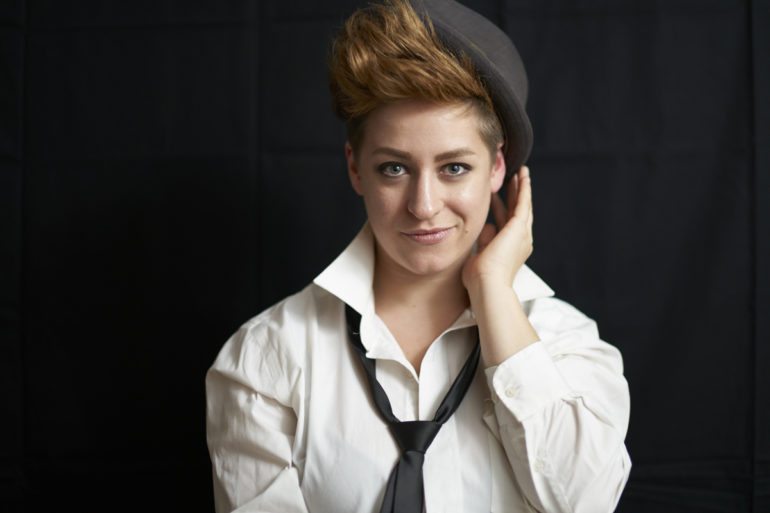
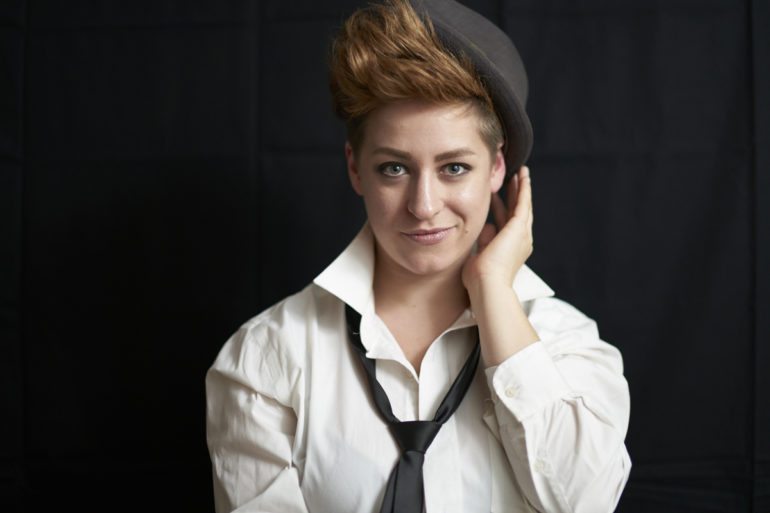
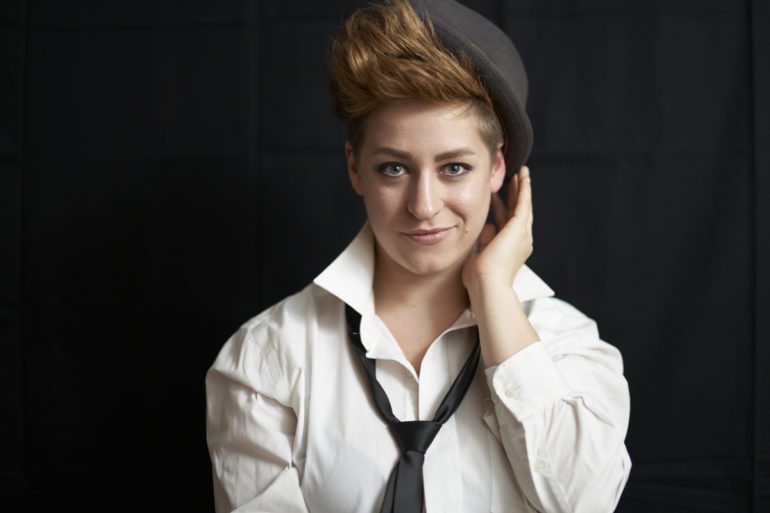
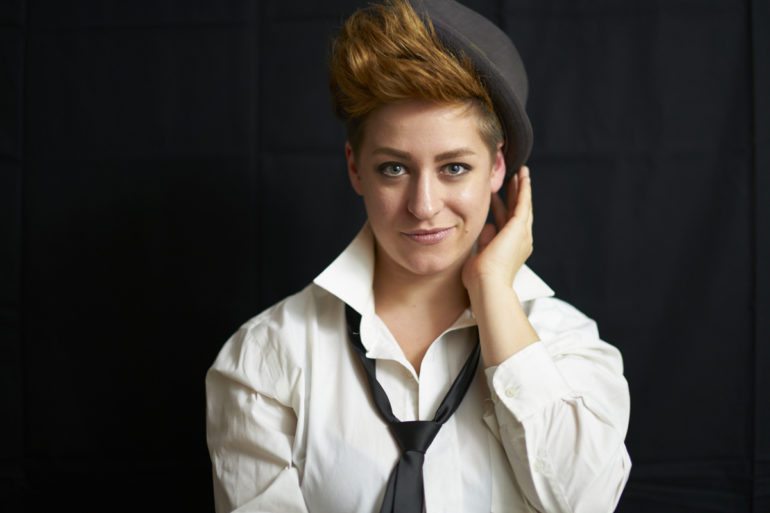
Here you can also see very subtle things like the dynamic range. Though they’re all looking very similar, Pentax and Sony seem to be getting more details from the highlights. When you’re talking about the shadows though most cameras perform about the same.
Just for fun, here are a bunch of different camera renderings from Capture One 10.
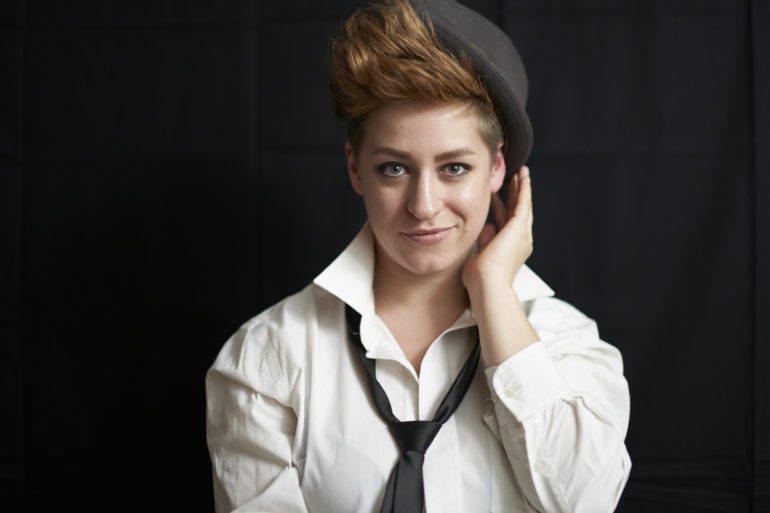
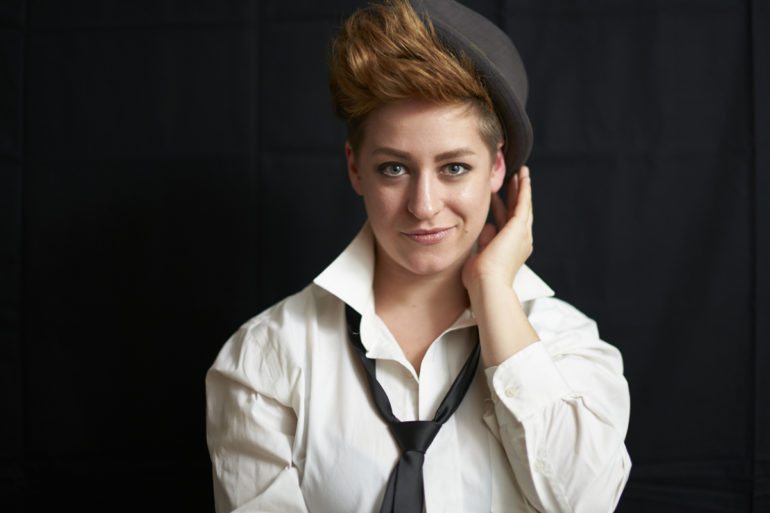
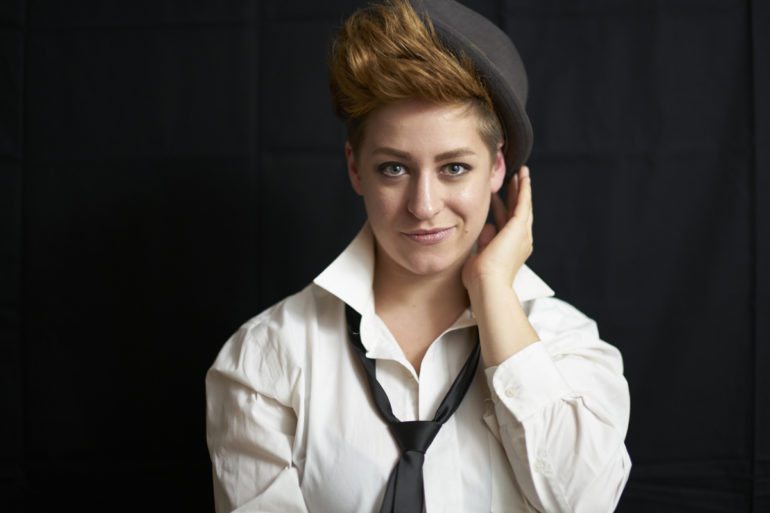
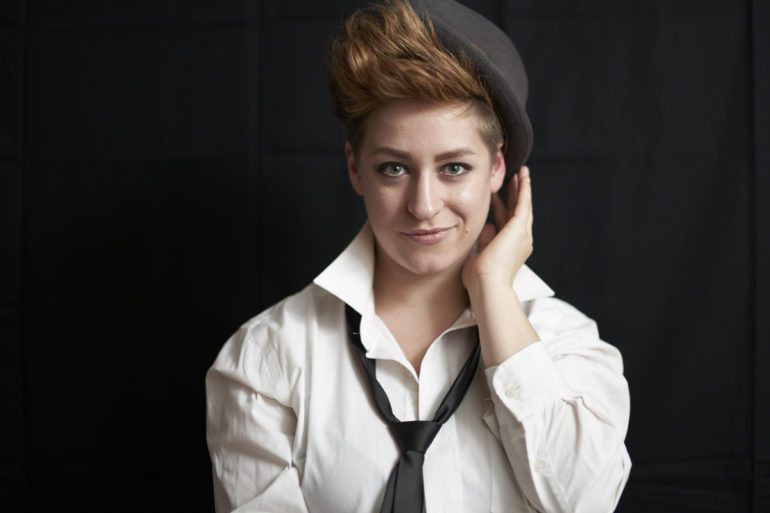
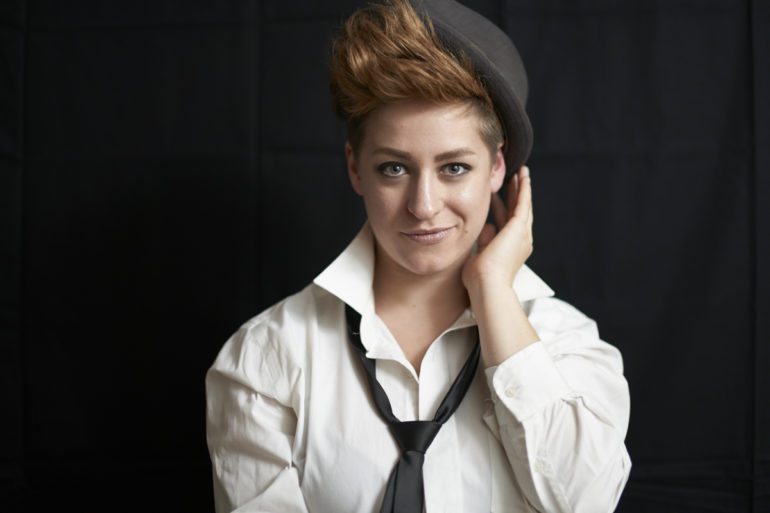
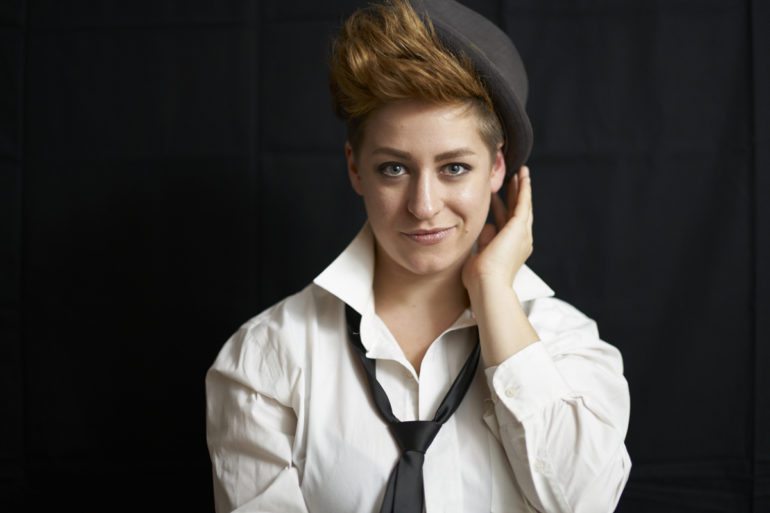
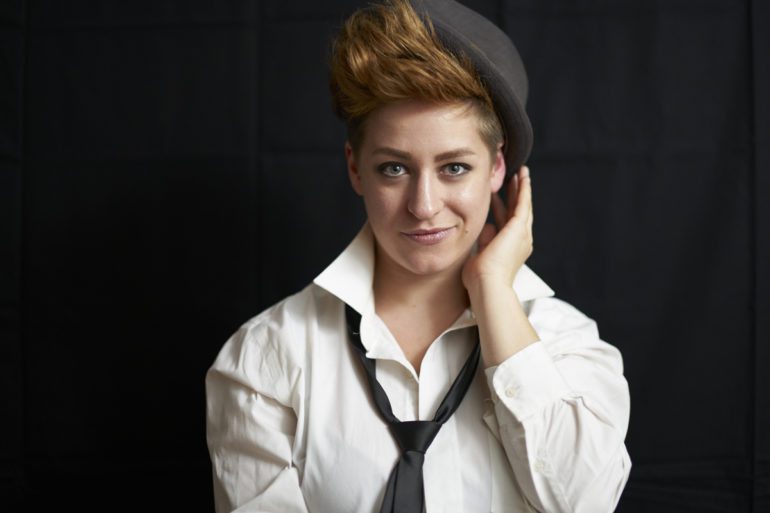
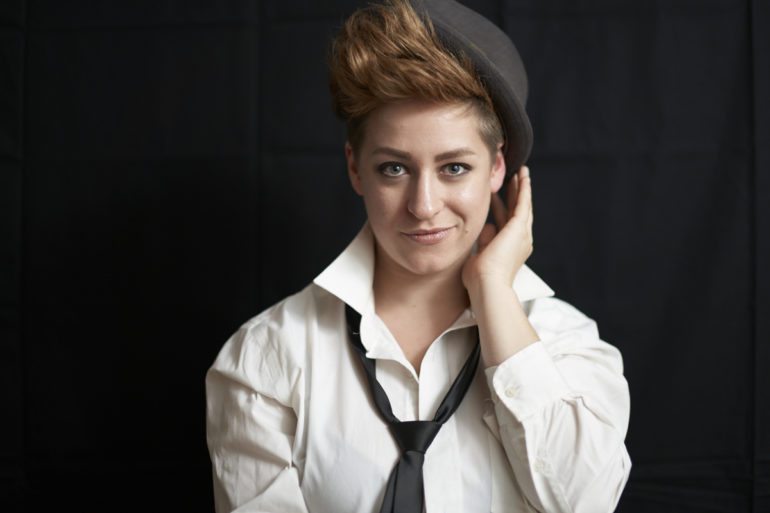
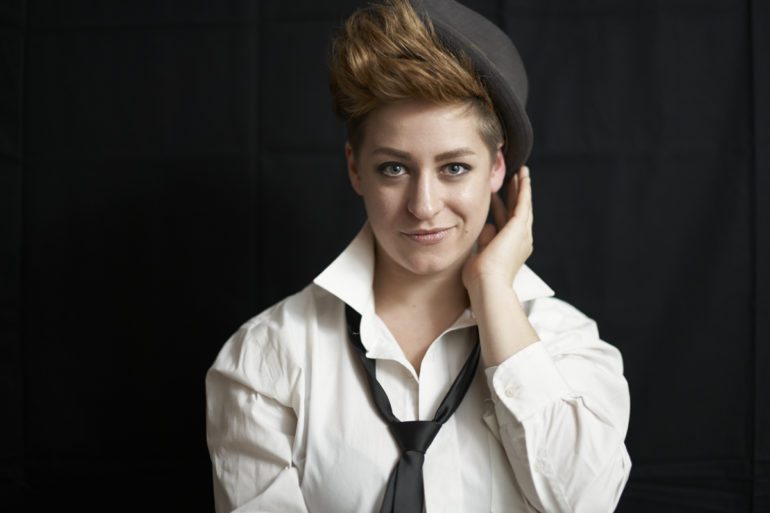
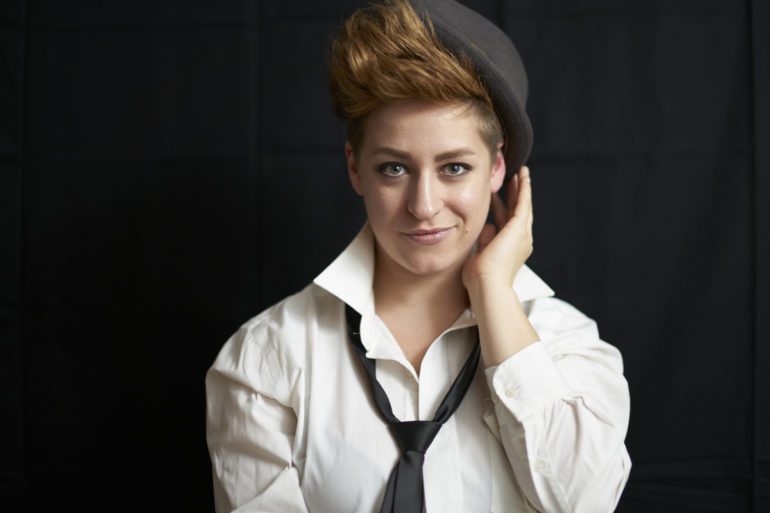
But now let’s get back into this comparison. The following photos were shot at high ISOs. They’re not direct comparisons but they’re close enough to give you an idea.

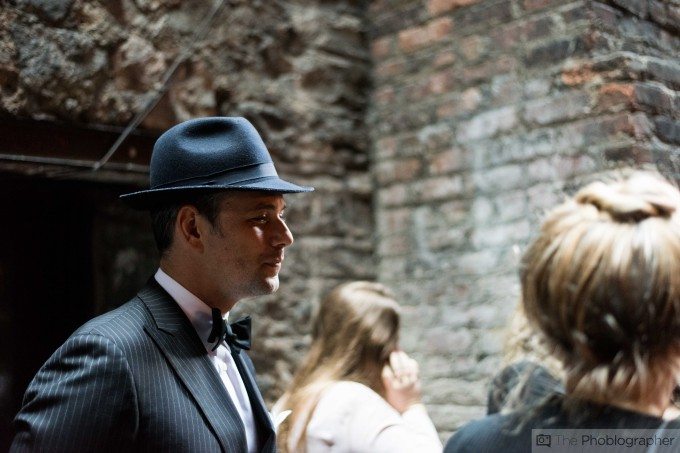
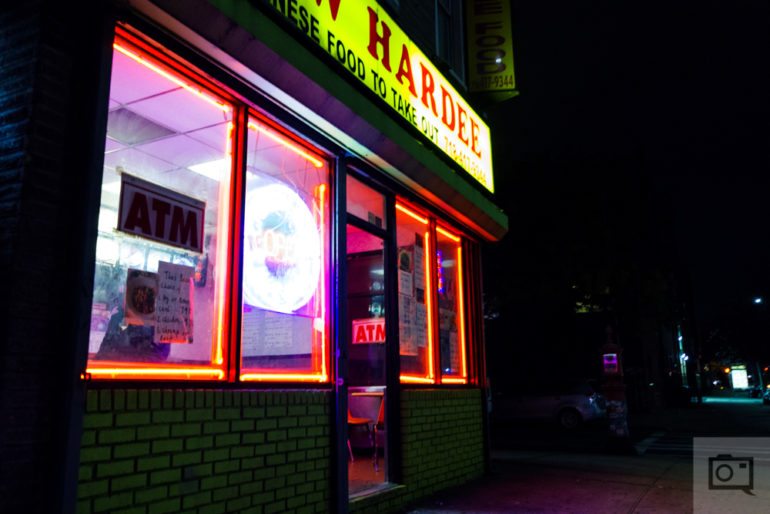
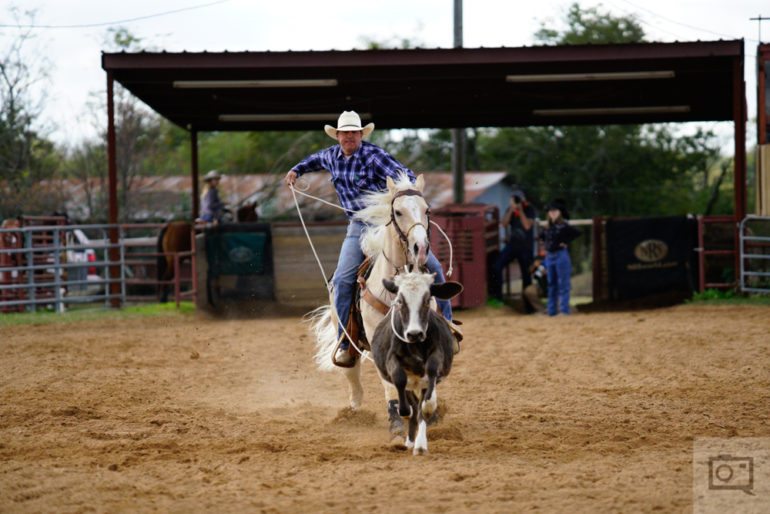
Winner: All of them
Conclusions
So when you sit there trying to figure all this out, you’ll notice that Canon, Nikon, Sony, and Pentax all have great image quality. You can’t complain much about the files or their capabilities. They all also have nice ergonomics, though personally I’d want to reach for the Canon for many reasons including ease of use. If you’re in a very tough environment then you can rely on Pentax to be the most reliable camera you can get your hands on. And as for autofocus: Nikon and Sony do very well.
So is there a clear winner? No. But we’ve got recommendations:
- Photojournalism: Canon and Nikon
- Studio portraits: Sony and Canon
- Wildlife/Sports/Action: Nikon, Sony and Pentax
- Weddings: Canon and Nikon
- Events: Nikon
These findings not only have to do with what the cameras can do, but also with the system. Consider the lenses and flash systems available in addition to how well they work with the system.
But if you’re wanting a camera just for the fun of it, then go with whatever you want.
Canon 5D Mk IV: [amazon_link asins=’B01KURGS9E’ template=’PriceLink’ store=’thephobl-20′ marketplace=’US’ link_id=’2340379a-e736-11e6-84ab-3bfa28c1556f’]
Nikon D810: $2,796.95
Sony a99 II: [amazon_link asins=’B01LYKDVU9′ template=’PriceLink’ store=’thephobl-20′ marketplace=’US’ link_id=’4e05777c-e736-11e6-9452-e34e1281b146′]
Pentax K-1: $1,819


